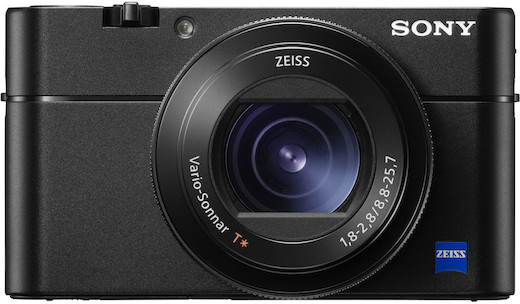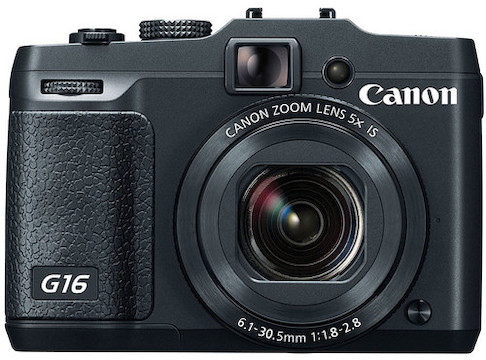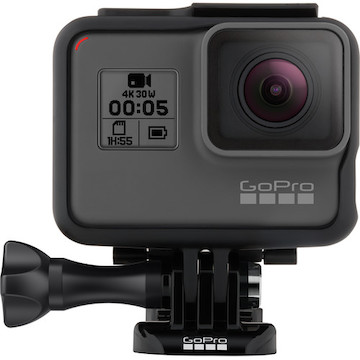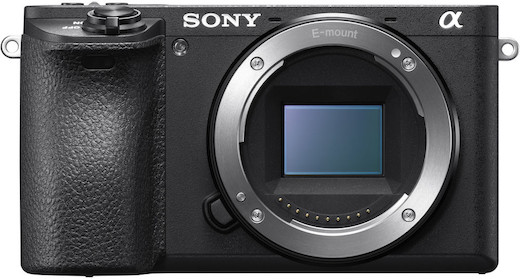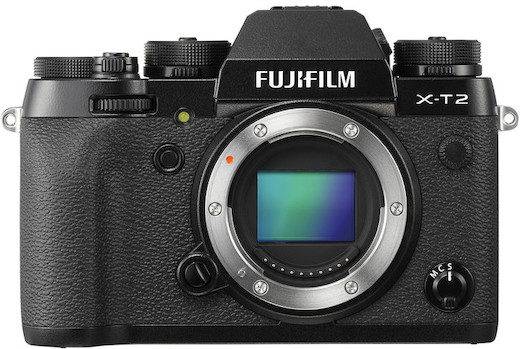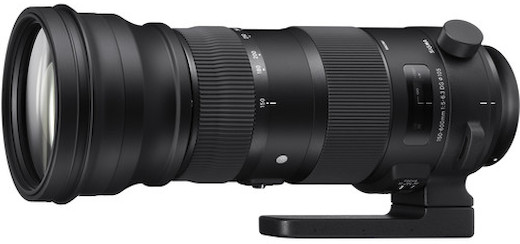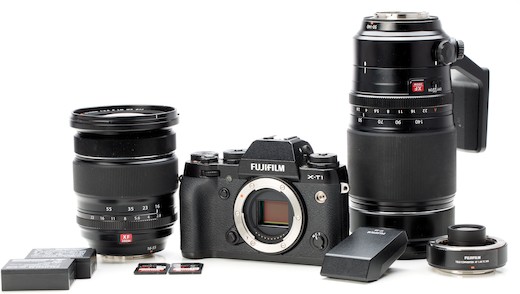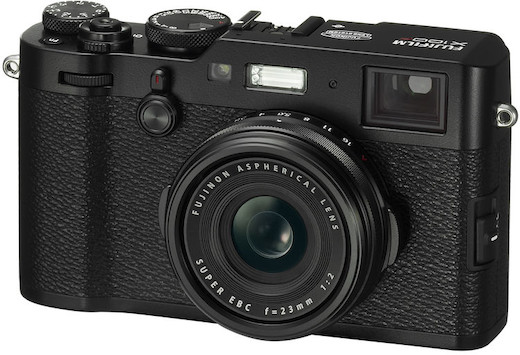Equipment
Camera Gear to Take on Your Next Vacation
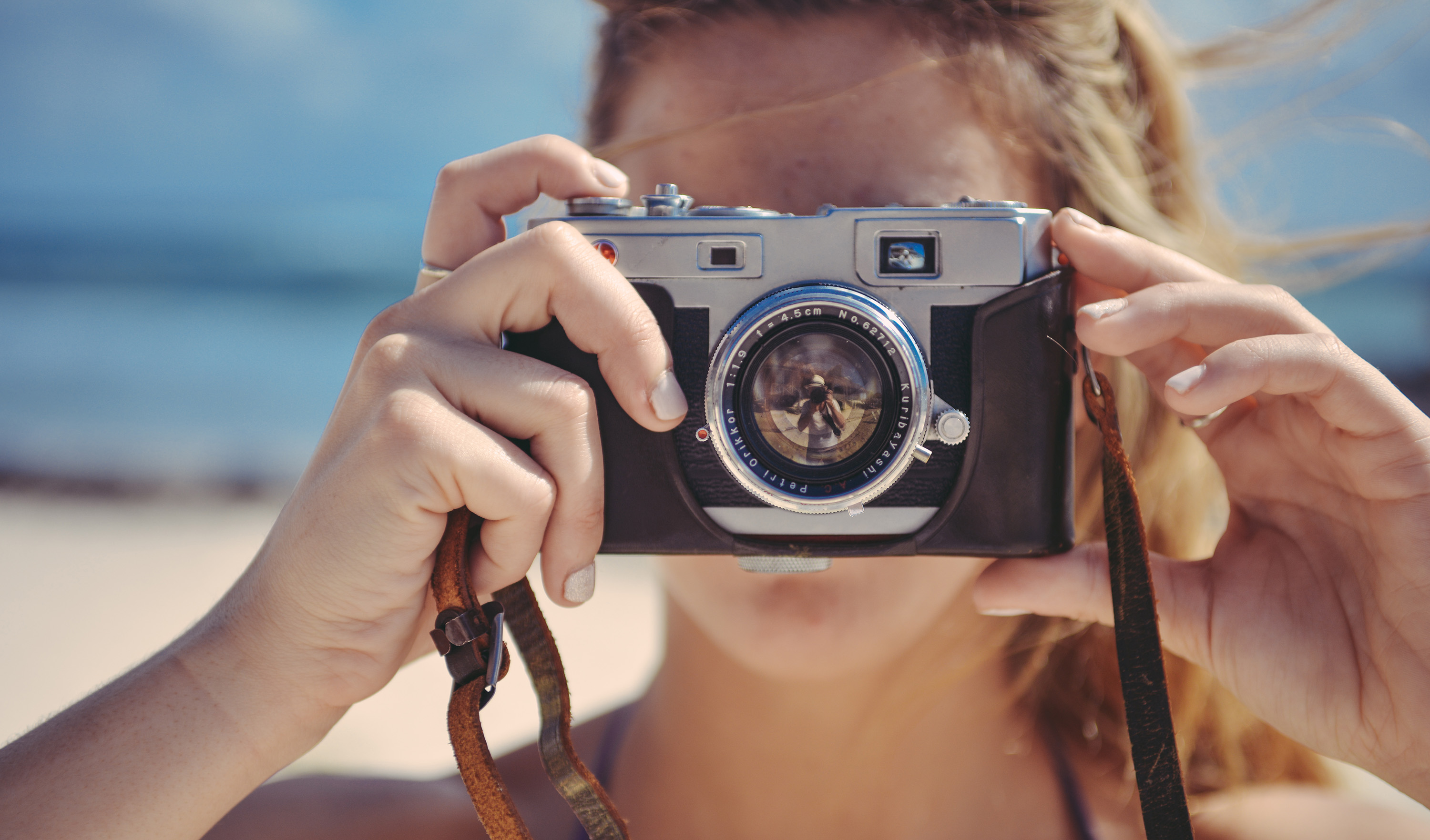
As a photography or videographer, vacationing is an excellent opportunity to recharge your proverbial inspiration batteries, and take a moment to get off the grid and just enjoy living while documenting. However, the challenge we always face is that if we’re going to vacation, even if it is to separate ourselves from the craft, we still want to document it in some capacity. So while you may have a giant camera bag filled with cameras, lenses, and accessories for your professional work, it kind of defeats the purpose to bring it all with you on vacation to help decompress.
And that is a common place where we at Lensrentals.com come in. Not only do we have a plethora of professional-grade video and photography gear, but we also stock many other systems that work great as a small replacement to your typical systems. So often, we give suggestions to those who work in the professional market but want something small to use as a carry along while on vacation. So let’s jump into it, here are our recommendations for cameras to use while on various vacations.
To The Beach
One of the more popular vacation spots that we get asked to help with is those to the beach or in other tropical environments. The biggest recommendation we can make is to find a capable point and shoot system with a fixed lens. DSLR and Mirrorless Systems are more prone to sand getting inside them since they have much more removable parts. Additionally, compact cameras are usually cheaper, making the entire cost less if they were to get lost or destroyed underwater. Below are our favorite recommendations for beach friendly cameras —
Sony Cyber-Shot RX100 V
The Sony Cyber-Shot RX100 V is one of our favorite point and shoot cameras right out of the box. With 4K video and a surprisingly impressive 24-70mm f/1.8-2.8 lens, the RX100 V is an improvement over it’s Mark IV version and is rich in features when it comes to point and shoot systems. When you’re looking for a simple point and shoot system, which also has the capabilities to take really fantastic images and video, it’s hard to beat the RX100 V.
Canon PowerShot G16
For years now, Canon has had their G Series line of cameras, which gives all the professional features from a DSLR, and puts them into a point and shoot system. The Canon PowerShot G16 is the latest in their G series systems, and sports a humble 12.1MP 1.7″ CMOS sensor that allows for an impressive 9.3fps shooting speed, through it’s optically stabilized 28-140mm f/1.8-2.8 lens. While the system is not quite pocketable, it does do a fantastic job of bringing professional level technology in an almost pocketable form factor.
GoPro HERO5 Black
Certainly, by now, you’ve heard of GoPro and their lineup of action sports cameras. The GoPro Hero5 is the latest in their camera lineup and comes with a new few design factor, as well as an improved image processor. Though what makes the GoPro a fantastic camera to bring on a beach vacation is the fact that it’s built for rugged use, and most importantly – waterproof down to 33ft without the need for special housing. While you may not get the best image quality from a GoPro Hero5, the ability to shoot underwater makes it a unique camera for a beach setting.
Additionally, if you’re in the position where you want to get a great time-lapse of that sunset, or just need a tripod to help show off your trip, we recommend the Gorilla Pod tripods, as their design makes them far less prone to sand.
To a Theme Park
Also popular as a vacation spot this summer, are the various theme parks all over the United States. Whether it’s Disneyland or Cedar Point, you want to make sure you can document the trip, and not be cumbersome to all the walking and moving you’ll be doing throughout the day. For these types of trips, we recommend the smaller form factor systems, which still allow for plenty of lens options. Below is our recommendations for theme park friendly camera systems —
Sony Alpha a6500
Few cameras feel more from the future than the Sony a6500. Packing a lot of the incredible specs of the Sony a7RII and similar systems, the Sony a6500 is a small mirrorless system from Sony that doesn’t sell itself short with features. With in-body five-axis stabilization and a 24.2MP CMOS sensor, the a6500 also allows for 4K video recording and 425 phase detection autofocus points. Additionally, the Sony a6500 allows for E-Mount lenses, which is the fastest growing lens mount system on the market, with plenty of options for diversity.
Fuji X-T2
There are few cameras that I like more than the Fuji X-T2. For one, it’s rugged rangefinder-esque design makes it quite a lot of fun to shoot, and the 24.3MP sensor within the system is impressive, with equally impressive film simulation built into the camera body itself. Additionally, Fuji has been killing the game lately with their lenses, allowing you a wide range of lens options to work with. While not always the most practical camera system available (with mediocre battery life at best), the Fuji X-T2 is a fun camera to work with and is sure to get you some pretty fantastic images as well.
On Safari
While the opener of this article had suggested using vacations to help decompress when you feel burnt out, certainly if you’re going on a safari vacation, you’re going to want to try and get the absolute best images possible of the scenery. For these holidays, we recommend taking a professional grade system, such as a Canon 1DX Mark II, Nikon D5, or the new Sony a9, so that you have the power and speed to capture everything you see. However, these trips rely far more on lenses, so be sure to contact your safari organizer for their recommendations. However, if you were to ask us, here are our recommendations for lens choices —
Canon 200-400mm f/4L IS with 1.4x Extender
While we could argue for days on the topic, I’m a firm believer (and I think Roger would agree with me) that there is no better Supertelephoto lens on the market than the Canon 200-400mm f/4L IS with 1.4X Extender. Not only does this lens have incredible image quality, but the built-in 1.4x extender also allows you to increase the focal length to 560mm at f/5.6 – giving you a pretty incredible amount of versatility and range when on location.
Sigma 150-600mm f/5-6.3 DG OS HSM Sports
If you want the range of the Canon 200-400mm mentioned above and aren’t looking to break the bank, the Sigma 150-600mm f/5-6.3 DG OS HSM Sports is a pretty fantastic alternative, which sacrifices a little image quality and speed for an extended focal range. I file this lens as one of those which I personally call “surprisingly impressive.” For its price, you’d expect something mediocre in quality, but Sigma has done it again, showing that exceptional image quality can come from affordable lenses. Best of all? It’s for both Canon and Nikon.
Wildlife Kit for Fuji
Often, we get asked about what to bring for wildlife, while still maintaining a small form factor. Obviously, that’s pretty difficult to do, as many telephotos get pretty large, but we get asked enough that we put together a special package just for the occasion. The Fuji Wildlife package is a diverse setup that should cover many people’s needs when working on wildlife photography. The package includes a Fuji X-T2, Fuji XF 50-140mm f/2.8 R LM OIS WR, Fuji XF 16-55mm f/2.8 R LM WR, Fuji XF 1.4x TC WR Teleconverter and a spare battery and memory card.
While Hiking
When hiking, you want to find something that is small and doesn’t weight much. Depending on the difficulty of the hike, a lot can change with just a few more pounds of gear on your back all day. But with the recent development of camera systems, you can cut down on size and weight without sacrificing too much on image quality. For hiking, our recommendations are as follows —
Sony Cyber-Shot RX100 V
I mentioned above on why I love the Sony Cyber-Shot RX100 V for the beach, and the same rules apply when it comes to a hiking trip as well. In my humble opinion, I do not think there is a better point and shoot system on the market right now, and the RX100 V offers a lot of diversity as to what this camera can do. Though if you’re looking to save a little money, the slightly older Sony RX100 Mark IV is a great substitute as well.
Fuji X100F
When Fuji released the original X100, the world went a little crazy, and many were left with envy as to what this small fixed-lens system could really do. With each update afterward, Fuji was able to make marginal improves to the already excellent system, bringing us up to date with the latest in the Fuji X100F. Using a 23mm f/2 Leaf shutter lens, the Fuji X100F has an old school film aesthetic but features a 24.3mp APS-C sensor, hybrid viewfinder, and plenty of other pieces of tech to bring it into the modern world.
Burning Man
If you happen to be going to Burning Man this summer, we must make a plea with you to not rent gear from us. Not only do events like Burning Man (and the Color Run) absolutely destroy gear, you’ll likely be deemed at fault when you return the equipment to our facility. However, we’re not going to completely leave you empty handed, and recommend buying something old and used on the cheap and wrap it in plastic wrap or gaff tape. While the process can’t guarantee that the gear will survive the weekend, it’ll help increase its chances. Good luck out there.
Hopefully, this article was able to bring you some insight as to what to bring with you next time you’re going on vacation and looking for a simple camera system to take along with you to document the experience. Have you recently taken a vacation and used one of the camera systems above? Share your insights in the comments below!
Author: Zach Sutton
I’m Zach and I’m the editor and a frequent writer here at Lensrentals.com. I’m also a commercial beauty photographer in Los Angeles, CA, and offer educational workshops on photography and lighting all over North America.
-
Don Robertson
-
Y.A.
-
Riley Escobar
-
DrJon
-
Seth Honeyman
-
vasile
-
Ralph Hightower
-
John Ward
-
Impulse_Vigil
-
Zach Sutton Photography
-
Mike D
-
David B
-
David B
-
brnpttmn
-
Y.A.
-
Ryan Farr
-
Ryan Farr
-
anommal
-
Hubertus Bigend
-
Martin Krautter
-
brnpttmn
-
J L Williams
